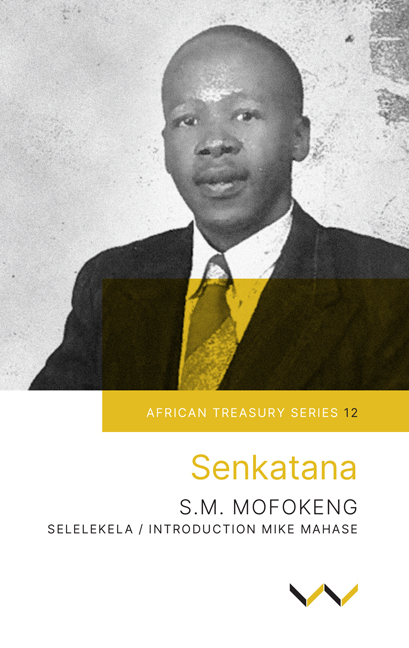Book contents
- Frontmatter
- Dedication
- Selelekela
- Introduction
- Tse eteletseng pele
- Dibapadi
- Karolo ya Pele
- Lebala la Pele
- Lebala la Bobedi
- Lebala la Boraro
- Karolo ya Bobedi
- Lebala la Pele
- Lebala la Bobedi
- Lebala la Boraro
- Karolo ya Boraro
- Lebala la Pele
- Lebala la Bobedi
- Lebala la Boraro
- Karolo ya Bone
- Lebala la Pele
- Lebala la Bobedi
- Lebala la Boraro
- Karolo ya Bohlano
- Lebala la Pele
- Lebala la Bobedi
- Lebala la Boraro
Introduction
Published online by Cambridge University Press: 20 January 2022
- Frontmatter
- Dedication
- Selelekela
- Introduction
- Tse eteletseng pele
- Dibapadi
- Karolo ya Pele
- Lebala la Pele
- Lebala la Bobedi
- Lebala la Boraro
- Karolo ya Bobedi
- Lebala la Pele
- Lebala la Bobedi
- Lebala la Boraro
- Karolo ya Boraro
- Lebala la Pele
- Lebala la Bobedi
- Lebala la Boraro
- Karolo ya Bone
- Lebala la Pele
- Lebala la Bobedi
- Lebala la Boraro
- Karolo ya Bohlano
- Lebala la Pele
- Lebala la Bobedi
- Lebala la Boraro
Summary
In the short life of Dr Sophonia Machabe Mofokeng (1923–1957) he wrote three books: Senkatana (1952), Leetong (1954) and Pelong ya ka (1962). He also co-authored a Textbook of Southern Sotho Grammar (1967) with Professor C.M. Doke.
In the foreword to Senkatana, Mofokeng acknowledges the encouragement he received from his friend and co-worker, Professor Doke, to write this book in 1945:
Mosebetsinyana ona ke o qadile ka yona nako eo. Ke thabile haholo ha e le mona bukana ena e hatiswa e le e nngwe ya tsa ‘pokello’ e leng matsohong a hae.
(I started this small task at that time. I am very happy because this booklet is published as one of the ‘collections’ in his hands.)
He also acknowledges the assistance he received from the maestro of Sesotho language, Z.D. Mangoaela:
O badile mosebetsinyana ona pele o hatiswa mme a nthusa haholo ka ho kenya matshwao ao nna ke neng ke sa a kenya le ka ho fetola lentswe mona le mane.
(He read this small task before it was published and helped me with punctuation, which I was oblivious of, and by changing words here and there.)
This help was necessary, as it was his first book.
As he explains in the foreword, Senkatana is the story of many nations in Africa. It is a legend which has been passed down for many centuries by word of mouth, and Mofokeng might have heard it from his grandmother, as storytelling was the task of grandmothers.
For the reader to understand this drama, it is necessary to know how legends were recounted, and to compare this traditional style with the way in which Mofokeng tells the story. It can also be compared to the version of the story in a book of legends written by the French missionary, Édouard Jacottet, Litšomo tsa Basotho Buka ea pele, published in 1908.
The legend of Senkatana concerns a huge monster called Kgodumodumo that swallowed all the people and animals, except for one pregnant woman who gave birth to a baby boy and named him Senkatana. When the boy became a young man, he killed Kgodumodumo and saved all the people and animals.
Information
- Type
- Chapter
- Information
- Senkatana , pp. xvii - xxviPublisher: Wits University PressPrint publication year: 1952
